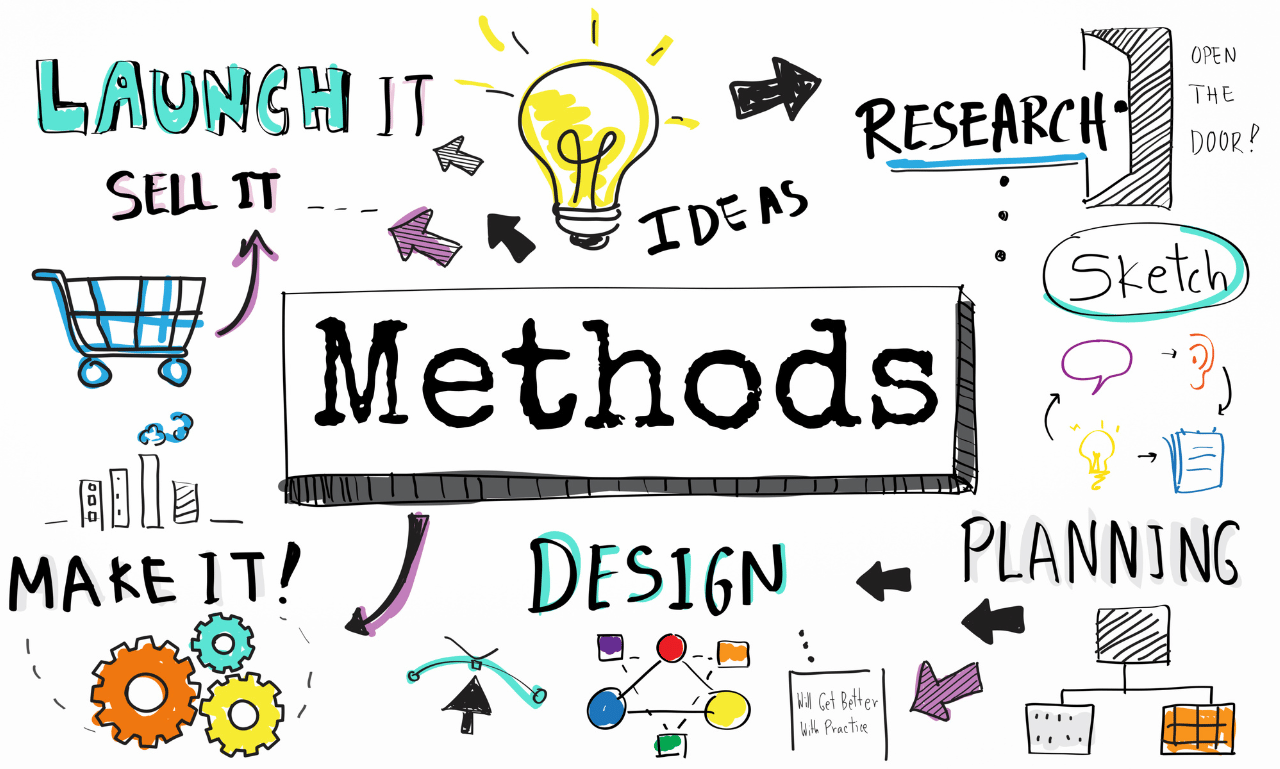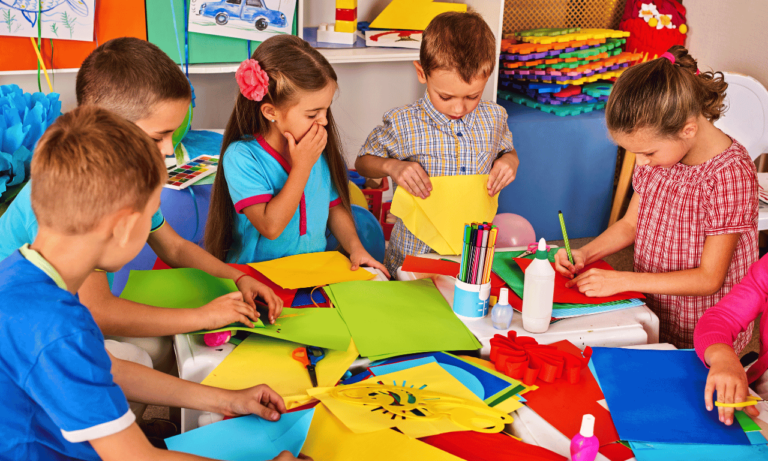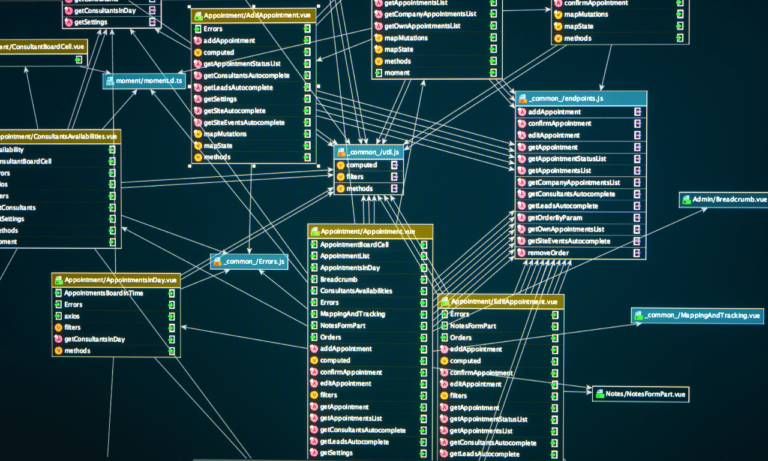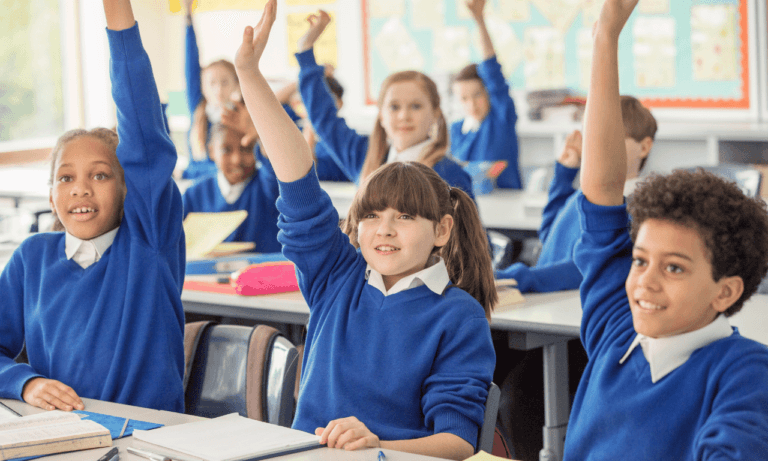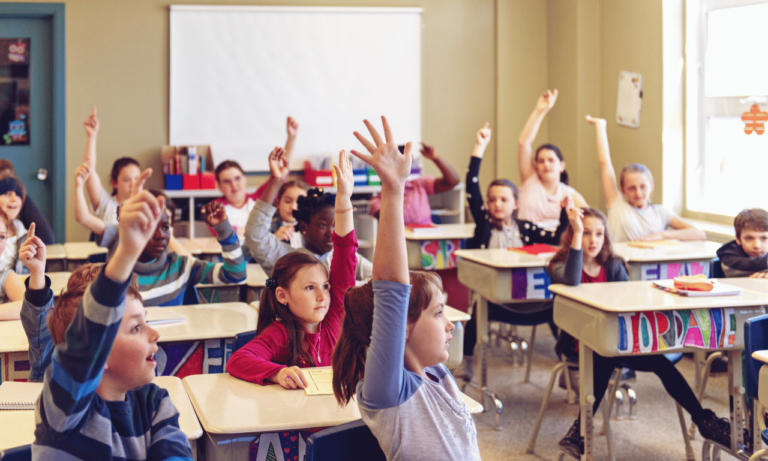Phone:
(+65)8319-0742
Embarking on an educational journey, both teachers and students continually seek effective teaching strategies that resonate with the evolving needs of the classroom. Among the various innovative approaches, Reciprocal Teaching Methods stand out as a powerful means to transform reading sessions into a vibrant and interactive learning experience. With roots tracing back to the 1980s and the pioneering insights of Annemarie Palincsar and Ann L. Brown, this technique remains as relevant today as ever, fostering not only literacy skills but also a deeper metacognitive awareness among learners.
By encouraging students to assume the role of the teacher in small group discussions, these methods nurture a highly engaging environment. The beauty of Reciprocal Teaching lies in its simplicity and its power to enable students to navigate complex texts through prediction, clarification, questioning, and summarization. Let’s dive into the essence of these methods and explore how they can be seamlessly integrated into contemporary classrooms.
Key Takeaways
- Reciprocal Teaching Methods enhance reading comprehension and student interaction.
- These methods use a cooperative approach to learning, enabling peer-to-peer teaching opportunities.
- Predicting, clarifying, questioning, and summarizing are cornerstone strategies of the approach.
- Such interactive techniques not only improve literacy but encourage critical thinking and self-reflection.
- Designed for adaptability, these methods can be tailored to fit various educational settings and materials.
- The approach encourages ownership of the learning process, benefiting students’ academic confidence and abilities.
Understanding the Basics of Reciprocal Teaching Methods
At its heart, Reciprocal Teaching is a collaborative and student-driven approach to learning. It stands out for its unique ability to fine-tune reading comprehension skills among learners, while heavily emphasizing classroom collaboration. The methodology not only serves to enhance educational best practices but also ensures active student engagement techniques are at the forefront of learning activities.
What is Reciprocal Teaching?
Reciprocal Teaching can best be described as a dialogic process, one where students learn to become teachers themselves. This involves a shared teaching dialogue between the teacher and students, utilizing strategic questioning to foster a deeper understanding of the text. It’s a form of peer-to-peer instruction that relies heavily on thorough and thoughtful teacher-student interaction, ensuring that all participants in the classroom are engaged and accountable for the shared learning experience.
The Founders of Reciprocal Teaching: Palincsar and Brown
Originated by educational trailblazers Annemarie Palincsar and Ann L. Brown, Reciprocal Teaching was developed as a response to the need for more dynamic student engagement techniques in reading comprehension. Palincsar and Brown’s innovative strategy was revolutionary in that it put the onus of teaching and leading discussions onto the students themselves, under the watchful guidance of their instructors.
Core Strategies of Reciprocal Teaching
The cornerstone of Palincsar and Brown’s theory is a quartet of core strategies: predicting, clarifying, questioning, and summarizing. Each plays a critical role in the cultivation of a participatory and reflective classroom atmosphere.
- Predicting invites students to anticipate content and outcomes, thus connecting new material with prior knowledge.
- Clarifying encourages identifying areas of confusion and seeking out explanations to deepen understanding.
- Questioning allows for the interrogation of the text, prompting critical analysis and discussion.
- Summarizing challenges students to distill the essence of the text, demonstrating comprehension and recall.
These core activities are interwoven into the practice of teaching, guiding students towards academic success and actively involving them in the educational process. The result is a robust learning environment that cultivates an empowered community of learners, adept at critical thinking and comprehension.
Reciprocal Teaching Methods in Action
Delving into classroom collaboration through Reciprocal Teaching Methods provides a substantial foundation for academic success strategies. Practical applications of these methods enable vibrant peer-to-peer instruction, moving beyond theory into tangible learning experiences. Tools, such as bookmarks and worksheets replete with strategic prompts, act as efficient scaffolds. An excellent example of these at work is the “Train Your Brain to Read” bookmark, which aids students in seamlessly employing the four main reciprocal teaching strategies.
Witnessing these methods applied in a live classroom, for instance at Frank Love Elementary School, gives educators a crystal-clear picture of their effectiveness. Here, reading expert Shira Lubliner showcases the powerful dynamic of students taking the lead in discussions. It’s a testament to the strength of classroom collaboration when students confidently guide each other through a text, substantiating the fundamental role that peer-to-peer instruction plays in academic environments.
The table below illustrates the elements involved in applying Reciprocal Teaching Methods, providing a snapshot of how these tools aid in fostering an interactive learning environment:
| Strategy | Tool | Benefit |
|---|---|---|
| Predicting | Bookmarks | Stimulates prior knowledge activation |
| Clarifying | Handout with Prompts | Addresses confusion, encourages strategy usage |
| Questioning | Group Discussion Leads | Deepens comprehension through inquiry |
| Summarizing | Peer Feedback | Enhances ability to synthesize information |
Such structured engagement models highlight the crucial impact that academic success strategies have on learning outcomes. As students rotate leading discussions, they internalize these strategies, ultimately crafting a classroom culture rich in collaboration and mutual instructional support.
The Transformative Impact of Reciprocal Teaching on Student Engagement
Delving into the educational landscape, Reciprocal Teaching Methods stand out as a linchpin in enhancing student engagement and literacy. With the integration of academic success strategies and effective teaching strategies, these methods foster an environment where students are not mere passive recipients of information but rather active participants in their learning journey.
Improving Comprehension and Literacy
The adoption of Reciprocal Teaching Methods injects a surge of vitality into reading sessions, promoting better comprehension and more robust literacy skills. By implementing student engagement techniques, educators see a marked improvement in their students’ ability to internalize and interact with textual material, providing a solid foundation for lifelong learning.
Instilling Enthusiasm in Lessons
Moreover, the palpable enthusiasm that emanates from lessons is attributable to the collaborative nature of Reciprocal Teaching. When students come together to discuss and dissect texts, they build not just understanding but also excitement and a collective eagerness that transforms the classroom atmosphere.
“I Do, We Do, You Do”: The Scaffolding Approach
The scaffolding approach inherent in the philosophy of “I Do, We Do, You Do” is instrumental in this educational metamorphosis. Initially, educators model the desired learning behavior or strategy, which is then practiced as a group before individuals take the lead. This progression ensures responsibility gradually shifts onto students, preparing them for independent academic success.
Below is a comparison of traditional versus Reciprocal Teaching Methods in their approach to student involvement in the learning process:
| Traditional Teaching | Reciprocal Teaching |
|---|---|
| Teacher-centric instruction | Student-led discussions and activities |
| Passive learning (listening and note-taking) | Active engagement (dialogue and practical tasks) |
| Learning as individual activity | Learning as collaborative process |
| Fixed teaching strategies | Flexible and responsive teaching approach |
The transformative power of Reciprocal Teaching unfolds as it intertwines effective teaching strategies with student engagement techniques, leading to a holistic development of both personal and academic success. This alignment of methodologies not just shapes literate individuals, but also fosters a structured yet dynamic setting in which students thrive.
Reciprocal Teaching Methods: Strategies for Academic Success
Delving into the arena of effective teaching strategies, Reciprocal Teaching stands out for its innovative approach to fostering academic success strategies and encouraging interactive learning methods. By equipping students with the tools they need for critical analysis and comprehension, this multifaceted approach is transforming classrooms into environments ripe for dynamic learning and student empowerment.
Predicting
Beginning with predicting, students summon their prior knowledge and relevant text clues to anticipate what might happen next in a given text. This anticipatory stage is vital, as it scaffolds the thinking process and sets the stage for active engagement with the material. As students share and compare predictions, they build a collaborative learning environment that is central to the Reciprocal Teaching model.
Questioning
The strategy of questioning deepens comprehension by encouraging students to probe the material with inquisitive analysis. Well-crafted questions spark discussions that not only clarify the content but also promote critical thinking skills crucial for academic success.
Clarifying
Clarifying comes into play when students encounter obstacles in their understanding. Through rereading or using reference materials, students tackle confusion head-on, leading to a firmer grasp of the text. This strategy exemplifies the power of resilience and resourcefulness in learning, as students learn to navigate and resolve their uncertainties independently or with peer support.
Summarizing
The act of summarizing requires students to distill the essence of what they have read into concise, comprehensive statements. It is through this synthesizing process that students enhance their ability to identify key themes and main ideas, a testament to the efficacy of effective teaching strategies in promoting lasting comprehension and retention of material.
The integration of these strategies imbues Reciprocal Teaching with a robust framework that not only caters to literacy and comprehension but also paves the way for students to successfully wade through the depths of complex texts. By engaging with these strategies, learners become adept readers, equipped with a toolkit of interactive learning methods that lead to robust academic achievement.
Conclusion
In essence, Reciprocal Teaching Methods stand out as a significant collaborative triumph in educational strategy. With these methods in place, students gain the reigns to direct their personal academic exploration, eagerly diving into texts not just as readers, but as analysts and educators in their own right. The techniques of predicting, questioning, clarifying, and summarizing work in concert to not only reinforce comprehension but to also cultivate an array of higher-order thinking skills. These methods go beyond routine memorization, nurturing students’ ability to actively engage with content and extract deeper meaning.
The symbiotic relationship that these methods promote within the classroom through classroom collaboration is an asset to any learning environment. By emphasizing student engagement techniques, the classroom transforms into a space buzzing with inquiry and dialogue, strengthening teacher-student interactions. This ultimately contributes to a setting where knowledge is not just transmitted but constructed through shared effort and reciprocal understanding, laying the groundwork for enduring educational outcomes.
When Reciprocal Teaching Methods are applied with consistency and care, they cultivate a rich soil from which a garden of motivated and engaged learners can grow. Such an approach will undoubtedly pave the path towards academic success, as students are equipped with the tools and enthusiasm to embark on a lifelong journey of learning and discovery.
FAQ
What are Reciprocal Teaching Methods?
Reciprocal Teaching Methods are interactive teaching and learning strategies designed to improve students’ reading comprehension skills. The process involves students taking turns acting as the teacher, leading their peers through a structured discussion based on predicting, clarifying, questioning, and summarizing text.
Who developed Reciprocal Teaching Methods?
Reciprocal Teaching Methods were developed by educational researchers Annemarie Palincsar and Ann L. Brown in the 1980s. They sought to create an approach that actively involved students in their own learning and improved their ability to understand and think critically about texts.
What are the core strategies of Reciprocal Teaching?
The four core strategies of Reciprocal Teaching include predicting, in which students anticipate what will happen next in a text; questioning, which involves asking about the content for deeper understanding; clarifying, whereby students address and resolve confusions; and summarizing, where they recap the main ideas or points of the text.
How do Reciprocal Teaching Methods enhance classroom collaboration?
These methods foster a cooperative learning environment where students work together, listen to each other’s ideas, and build upon them. By alternating roles as leaders and participants in discussions, they engage in classroom collaboration that enhances understanding and respect for diverse perspectives.
Can Reciprocal Teaching be applied across different subjects?
Yes, while it is particularly effective for reading comprehension, Reciprocal Teaching can be adapted to various subjects. It encourages critical thinking, communication, and problem-solving skills, which are valuable across the curriculum.
What is the “I Do, We Do, You Do” scaffolded approach in Reciprocal Teaching?
The “I Do, We Do, You Do” approach is a scaffolding strategy where the teacher initially models the Reciprocal Teaching techniques (I Do), then the students try the techniques together with teacher support (We Do), and finally, students practice the techniques independently (You Do). This supports gradual release of responsibility to the students.
How does Reciprocal Teaching promote student engagement?
By allowing students to take on the role of the teacher and work together to explore texts, Reciprocal Teaching promotes active participation, heightens interest in the material, and encourages a deeper connection to the learning process.
What impact does Reciprocal Teaching have on academic success?
These methods support academic success by enhancing reading comprehension and critical thinking skills. The collaborative nature of the strategies also develops communication skills, fosters peer learning, and promotes self-regulated learning, all of which contribute to better academic performance.
Are there specific resources or tools that can support Reciprocal Teaching Methods?
Yes, educators can use various resources such as bookmarks with prompts for each strategy, worksheets with structured sections for each method, and graphic organizers. These can provide scaffolds to help students apply the strategies more effectively during their discussions.

